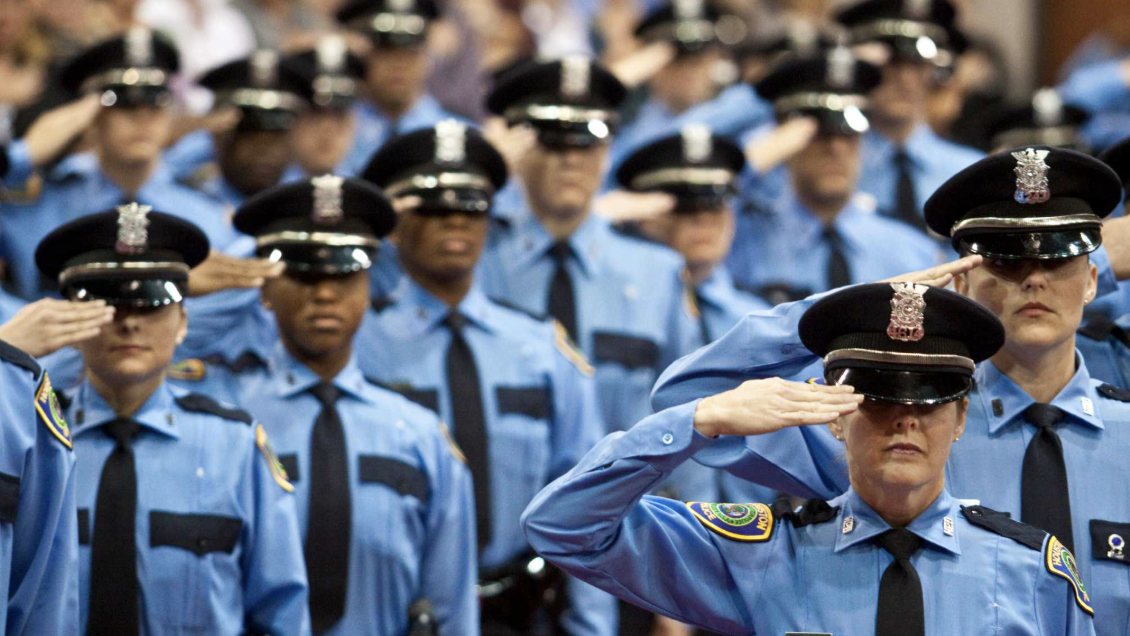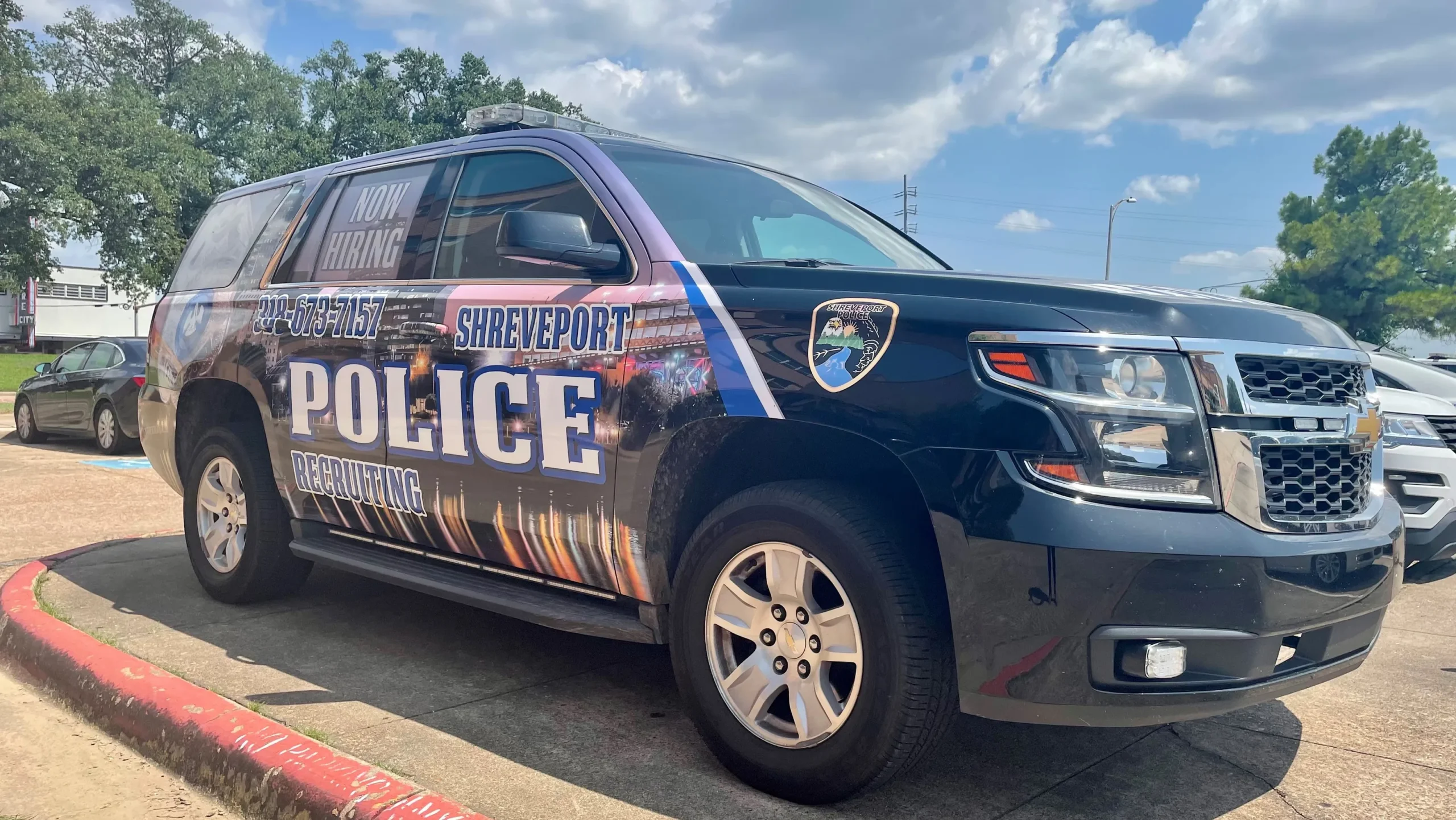
Across the United States, law enforcement agencies are facing a recruiting and retention crisis unlike anything seen in recent memory. This challenge isn't limited to a handful of departments or regions—it's a nationwide concern that's reshaping the landscape of public safety. At Respond Capture, we work closely with agencies to streamline their operations and support their missions. In this post, we'll break down the latest findings on the recruiting crisis, explore the root causes, and share actionable strategies that agencies can use to adapt and thrive.
The Scope of the Crisis
Recent surveys paint a stark picture: over 70% of law enforcement agencies say recruiting new officers is more difficult now than it was five years ago. Agencies are operating at just 91% of their authorized staffing levels, leaving a nearly 10% gap that strains resources and impacts service delivery. This isn't just a big-city problem—departments of all sizes, from rural towns to major metros, are struggling to fill their ranks.
The numbers are sobering:
- Applicant pools have shrunk by as much as 60% in some areas
- 78% of agencies report difficulty finding qualified candidates
- Resignations and retirements have surged, with some departments seeing retirements jump by 45% in just one year
- The result: a shrinking, aging workforce and a growing gap between public safety needs and available personnel
Why Is Recruiting So Hard?
1. Changing Public Perception
The public's view of policing has shifted dramatically since 2020. High-profile incidents and calls for reform have increased scrutiny of police conduct. Many officers report feeling less respected and more concerned for their personal safety. This negative perception makes it harder to attract new recruits, especially those from diverse backgrounds who might otherwise be drawn to public service.
2. A Competitive Job Market
The pandemic changed the labor market forever. Remote work and flexible schedules are now the norm in many industries, making the demanding, high-risk work of policing less appealing. Millennials and Gen Z candidates, who value work-life balance and flexibility, are less likely to pursue law enforcement careers when private sector jobs offer higher pay and more accommodating schedules.
3. Lengthy and Rigid Hiring Processes
Many agencies still rely on hiring processes that can take four months to over a year. In a fast-moving job market, this is a major disadvantage. Stringent background checks, physical requirements, and legacy disqualifiers (like tattoo bans or past cannabis use) further shrink the pool of eligible candidates.
4. Burnout and Increased Workload
Staffing shortages mean existing officers are working longer hours and taking on more responsibilities. This leads to burnout, fatigue, and higher turnover—a vicious cycle that's hard to break. The rise in violent crime and administrative burdens only adds to the pressure.
The Impact on Public Safety
Staffing shortages have real consequences:
- A quarter of agencies have had to reduce or eliminate certain services, units, or positions
- Response times are increasing, and some communities are seeing a direct correlation between fewer officers and higher crime rates
- Overworked officers are more susceptible to mistakes, fatigue, and mental health challenges, which can further erode public trust
What Can Agencies Do?
The good news: agencies are not powerless. Forward-thinking departments are finding new ways to attract and retain talent, modernize their operations, and build stronger connections with their communities.
1. Modernize Recruitment
Agencies are expanding their outreach with:
- Cadet programs and internships
- Partnerships with local colleges
- Data-driven advertising and geotargeting to reach potential recruits on social media and mobile devices
- Authentic storytelling about the impact and rewards of police work
2. Streamline the Hiring Process
Reducing the time from application to academy is critical:
- Revisiting outdated disqualifiers
- Speeding up background checks
- Offering conditional job offers to promising candidates
- Using technology to automate paperwork and scheduling
3. Invest in Retention
Retention is just as important as recruitment:
- Offering incentives for longevity
- Creating mentorship programs
- Providing career development opportunities
- Addressing burnout by reducing administrative burdens and improving working conditions
4. Prioritize Diversity and Inclusion
A diverse force is a stronger force:
- Recruiting more women and people of color
- Ensuring departments better reflect the communities they serve
- Improving public trust while expanding the pool of potential applicants
5. Leverage Technology
Modern tools like Respond Capture can help agencies do more with less:
- Digital evidence management
- Streamlined reporting systems
- Automated administrative tasks
- Freeing up officers for community engagement and proactive policing
Innovative Recruitment Strategies
Digital-First Approach
- Social media campaigns targeting specific demographics
- Virtual reality experiences showcasing police work
- Mobile-optimized application processes
- Online assessment tools for initial screening
Community Engagement
- Ride-along programs for potential recruits
- Community policing showcases
- Youth engagement initiatives
- Transparency in recruitment processes
Competitive Benefits
- Signing bonuses for qualified candidates
- Educational assistance programs
- Flexible scheduling options
- Mental health and wellness support
Measuring Success
Agencies implementing these strategies are seeing results:
- Reduced time-to-hire from 12 months to 6 months
- Increased diversity in recruit classes
- Higher retention rates among new officers
- Improved community relations through better representation
The Road Ahead
The law enforcement recruiting crisis is complex, but it's not insurmountable. By understanding the root causes and embracing innovative solutions, agencies can adapt to the changing landscape. Key success factors include:
- Embracing technology to streamline processes
- Modernizing recruitment strategies to reach new audiences
- Focusing on retention as much as recruitment
- Building community trust through transparency and engagement
- Investing in officer wellness and career development
Conclusion
At Respond Capture, we're committed to supporting law enforcement with the tools and insights they need to succeed—today and in the future. The agencies that will thrive in this challenging environment are those that adapt quickly, embrace innovation, and prioritize both recruitment and retention.
If your agency is struggling with recruitment or retention, let's talk about how we can help. Together, we can build safer, stronger communities—one officer at a time.
Next Steps for Your Agency:
- Audit your current hiring process for bottlenecks and delays
- Survey recent recruits about their experience and suggestions
- Implement technology solutions to reduce administrative burden
- Develop community partnerships for recruitment outreach
- Create retention programs focused on officer wellness and career growth



